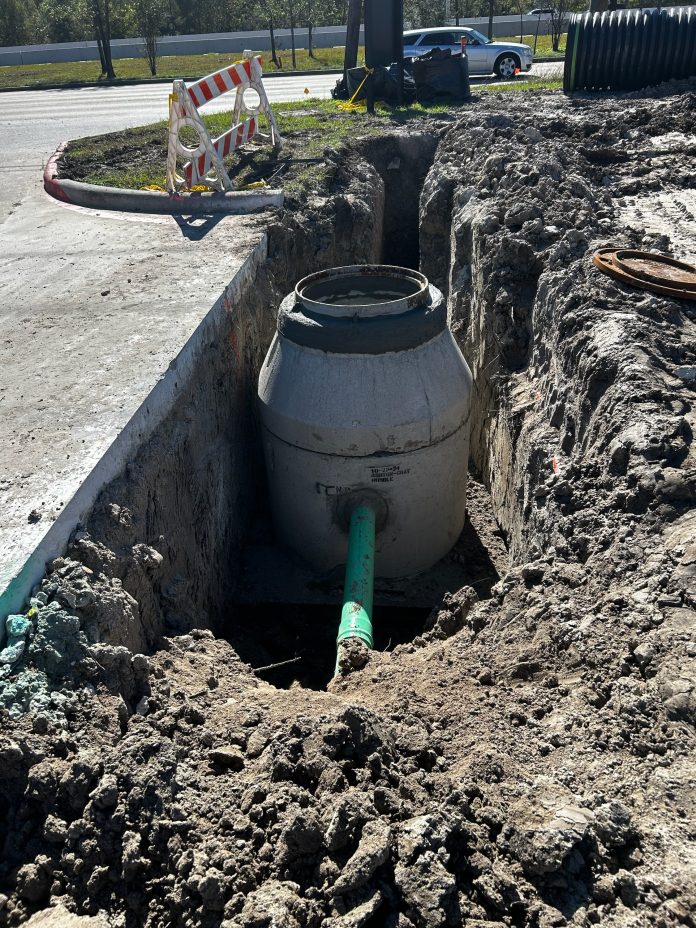Sanitary sewers transport wastewater or “sewage” from residences and commercial establishments through a distinct pipe system located beneath city roads. Access for maintenance is provided through manhole covers, but there are no exposed drains or grates.
This wastewater is directed to a municipal treatment facility where it undergoes a treatment process, and the cleaned effluent is then released into nearby rivers and the Bay. Currently, businesses must pre-treat their waste prior to releasing it into the system. Furthermore, many wastewater treatment facilities are being modernized to enhance the quality of the water released into local bodies of water.
Sanitary sewers are responsible for transporting wastewater from various establishments to treatment plants. They are made up of pipes, manholes, and pumping stations, and their purpose is to ensure water quality, which is vital for public health.
Here’s how they function…
When you flush a toilet or clean dishes in the sink, that wastewater is carried away from your residence or business through relatively narrow pipes to the main sewer line in the street or to your septic system. The pipes that transport waste from your place to the sewer main are designed only to handle human waste and toilet paper. The flow continues until it reaches a treatment plant, where pollutants are removed from the water before it is released back into the environment. Flushing non-biodegradable products, like sanitary wipes, disrupts the public wastewater system, which can lead to blockages and overflows, as well as complications at the treatment plant.
Typically, sanitary sewers utilize gravity to facilitate the movement of wastewater. Nevertheless, in areas with lower elevation, pumps may be employed when the wastewater needs to be moved to a higher location.
Access to sanitary sewers is provided through manholes for routine maintenance and repairs. Clean-out points situated on your property enable access to the section of the sewer that connects your home to the main sewer line in the street. If there is a blockage in this pipe, it can be reached through the clean-out.


